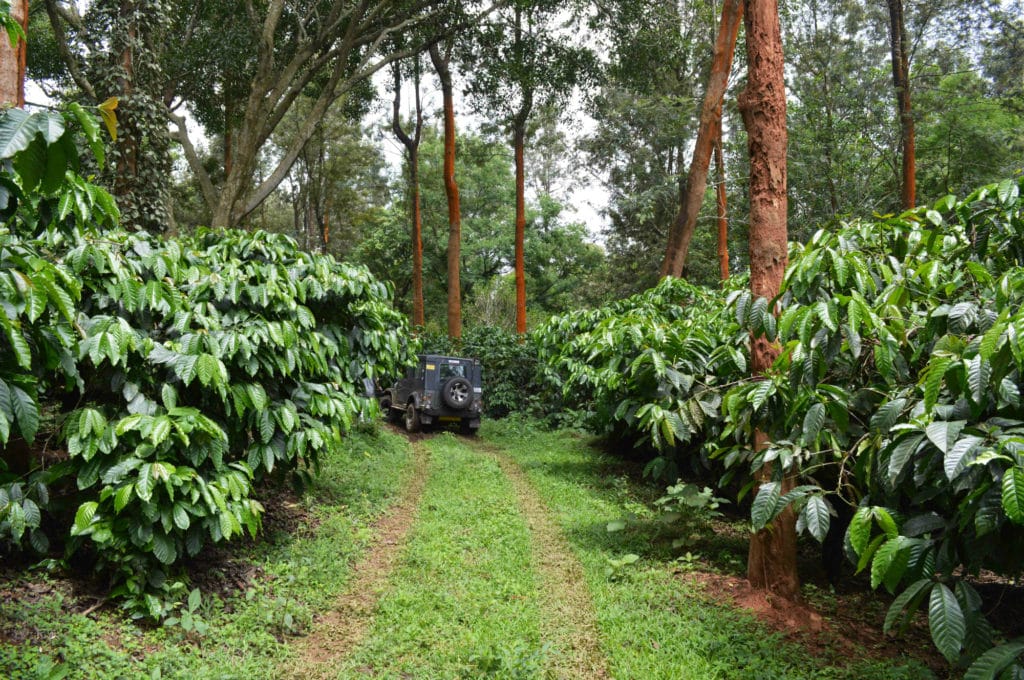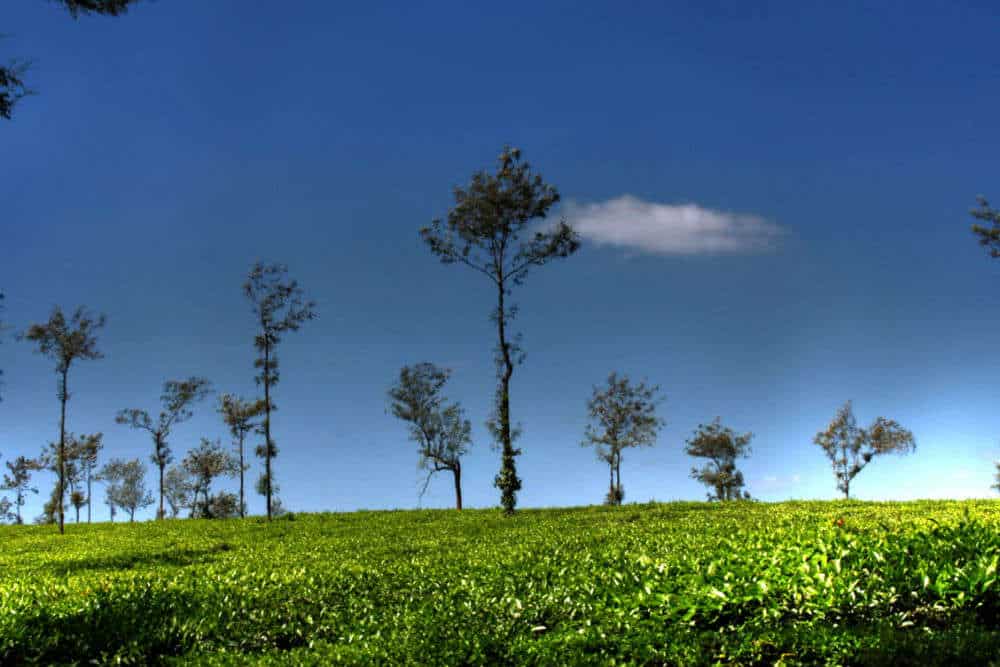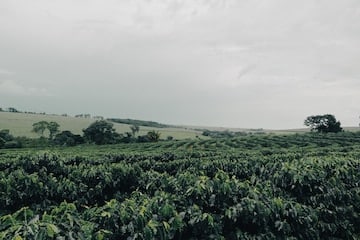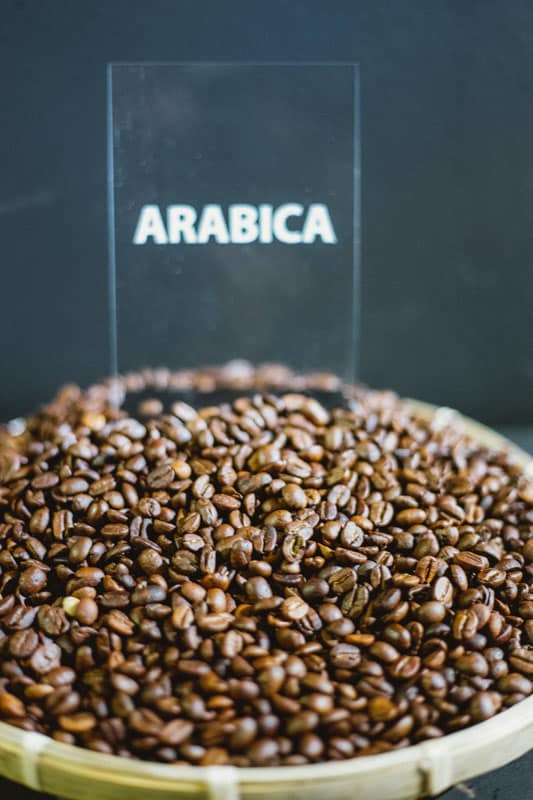Coffee plantation crops are a variety of plants that are cultivated for the purpose of producing coffee. There are two processes of growing this crop: the wet process and the dry process. Both are important to the success of the crop, but the differences between the two make a big difference when it comes to the quality of the coffee produced.
Pests and diseases
The coffee plant is one of the most valuable commodities in the world. It is harvested in many countries. However, pests and diseases can damage the crop and limit its profitability. This makes it essential for farmers to practice sustainable agricultural practices.
There are more than 100 species of insect pests that attack the coffee plant. The insects feed on the young shoots and roots. Their bites can reduce the aroma and taste of the resulting coffee.
The insect borer is a common pest of coffee. It lays eggs inside the berries and burrows into the berries. It thrives in humid environments.
Other fungal pathogens are also capable of invading the coffee crop. For example, rusts attack healthy trees. Copper-containing fungicides are the most commonly used sprays. These fungicides adhere to the plants and produce a toxic barrier to invading fungal pathogens.
Another common fungal infection is pink disease. This disease appears as a pink encrustation on branches.
There are over 60 diseases that affect the coffee plant. These diseases can be prevented with proper management of the crop. The most important strategies include good farm management, nutrition, and selective pesticide application.
The best approach to preventing and controlling coffee diseases is good plant nutrition and proper application of fertilizers. In addition to these strategies, proper shade management is critical to protect the crop. This will prevent coffee wilt, which causes branches to die.
The most significant challenge facing coffee farmers today is the increasing number of insect and bacterial diseases. Poor management of the crop has a direct impact on the quality and yield of the resulting berries. In addition, the crop is prone to successive waves of plant diseases.
Growing conditions
Coffee plantation crop requires a variety of factors to grow efficiently. These include ample rainfall, shaded canopy and optimal soil conditions. However, in some cases, these can be difficult to achieve.
The coffee berry borer is a pest that can seriously affect the growth of the coffee plant. In order to prevent its spread, it is best to eliminate it before planting.
In addition, a proper farm management strategy can make coffee plants healthier and produce a higher yield. A farmer should pay close attention to the development of the coffee cherries. It is also important to control coffee pests and diseases.
To achieve this, a farmer must pay attention to the correct application of fertilizers and lime. These should be applied at the right intervals. In addition, chemical weedicides are also suitable. Using systemic weedicides such as Gramoxone can be effective.
The ideal temperature range for coffee growing is 23 to 28 deg F. The average amount of rainfall is about 125 millimeters per month.
A farmer should ensure that the soil has good drainage. To increase productivity, a farmer should top-work the soil in order to rejuvenate disease-prone plants.
A farmer should also plant leguminous green manure crops in the initial years of the plantation. These plants help to enrich the soil with nitrogen.
A farmer should also use a well-developed network of internal and external transport. This helps to maintain adequate cropping wood and prevent pests and diseases. Moreover, this can also contribute to a more balanced ecosystem.
Finally, a farmer should take into account the fact that coffee is a capital-intensive activity. The first three to four years of the plantation are expensive and low-return. Nevertheless, the fifth year of the plantation is when the best yield is obtained.
Harvesting
Coffee is a highly prized agricultural commodity. A typical plantation can continue to yield for at least 50 to 55 years. Small farms provide the bulk of the world’s supply, although large estates can sometimes be found.
A coffee plantation is typically located between 700 and 1,200 meters above sea level. The land is prepared and harrowed several times before it is planted. Fertilizers should be applied to the soil before planting. The soil should also be tested for its suitability for coffee.
Coffee plants are normally transplanted in spring. The density of seedlings varies from about 500 to 750 per acre. Soil type, topography, and climatic conditions all affect yield. The crop requires partial shade in regions with hot temperatures.
The coffee mill, which processes the beans, may be on site or be located at a different location. Depending on the size of the plantation, the process may be mechanical or wet. Traditionally, coffee is harvested by hand.
The wet-processing method is used for Arabica coffee. It produces uniform green coffee beans and minimizes defects. It uses ample water and special facilities. This method is a good fit for some parts of the world where the weather is wet and humid.
The mucilage of coffee is a sticky substance that is rich in pectin. It is the substance that makes coffee a sticky, tasty drink. This substance is present in the coffee cherries, but does not remain when the fruit is dried.
The wet-processing method for coffee is popular in countries such as Ethiopia. In this process, the pulp is separated from the fruit by pectic enzymes, which is the mucilaginous layer is removed.
Wet process vs. dry process
There are two basic processing methods of coffee. The dry method and the wet method. Each process has its own advantages and disadvantages.
The wet method involves drying coffee beans in parchment. This is done with more care than the dry method. The wet method also produces fewer defects. The wet process is usually more expensive than the dry. But it is more sustainable for coffee production.
Most coffee plantations are located in cleared forestland and modified forests. They are planted in rows. Young coffee plants are planted in densities ranging from 500 to 750 plants per acre.
The dry method consists of sun drying. This method is practiced in most developing countries. In Ethiopia, it is still widely used.
In the dry method, the coffee cherries are separated from the outer fruit. The cherry skin is then de-hulled. The hulling process is done mechanically. The outer skin of the cherries contains moisture.
The coffee seed is then dried by sunlight on concrete terraces. The coffee is then placed on a wire mesh table for two weeks. The final moisture content of the cherries is 12%.
The coffee produced using the wet method is generally of higher quality and command a higher price. The wet process also produces a smoother and more complex flavour. The process is also more time consuming and costly. The benefits of the wet process include better preservation and homogeneity of the bean.
The dry method is commonly practiced in Yemen and Brazil. During the harvesting season, the farmer must pay special attention to the development of the coffee cherries. However, too late or too early harvesting can ruin the quality of the coffee.
Environmental sustainability issues
Coffee is a popular beverage that is enjoyed by millions of people around the world. However, the production of this drink also has serious environmental implications. These include water pollution, agrichemical use and chemical pesticides.
Coffee plantations require a lot of water. It is commonly produced on steep slopes, which make it more susceptible to soil erosion. It is also prone to pests and other diseases.
The amount of rain that lands on the coffee plantation crop is erratic. This has a negative impact on the quality of the beans produced. In addition, the wet-milling process requires a large amount of freshwater. Furthermore, the process uses significant amounts of fertilizer, which can lead to the contamination of waterways.
The use of heavy synthetic fertilizers has the potential to contaminate aquifers. Additionally, the chemical pesticides used can cause adverse effects on human health.
The coffee industry has a responsibility to protect the environment. This can be done through implementing good agricultural practices. It is also possible to reduce greenhouse gas emissions on the farm and to conserve water. Using sustainable energy sources can be a key component of an environmentally friendly coffee farm.
The coffee plantation crop also provides ecosystem services. A shaded canopy provides a safe habitat for indigenous animals. It also prevents topsoil erosion. It can also add nutrients to the soil.
The production of coffee also requires the removal of a large amount of forest. This has a large impact on biodiversity and can be detrimental to the environment. The best way to maintain a healthy ecosystem is to minimize deforestation.
Climate change is predicted to bring about droughts and other changes in rainfall patterns. In some regions, the effects of these changes can be severe. This could cause producers to abandon their farms.





